As the school years comes to an end it is time to say goodbye to one of my favorite spots near campus. It is hard to believe that the school year is almost over and that we will be entering exam week in a few short days. I took one final trip down to the salmon hole to cap off the phenology project and also take some time to relax and enjoy the beauty of this place one last time.
As I biked down, trying to beat the rain, I felt calm. When I got to the parking lot above the salmon hole I looked down and was amazed. The amount of water that was going through the river was immense. I had never seen so much water going through the salmon hole. I hurried to get down to the rock beach and was shocked when I got down there. I could see up to the dam clearly now, and was simply blown away by both how high the water was but also by the sheer amount of power the water had. The water was crashing over the dam like I had never seen before and it was smashing into rocks and making some of the most intense white water rapids I have ever seen.
I looked around and thought back to the fall when I would go down and go fishing with my friends. This is where I made so many memories and had a lot of fun. Some of the best sunsets can be seen down here and while the fishing is not the best it is still a great spot to go and spend some time.
There is so much more to this place than just a river with a dam in a small town. This place is a great spot to look at nature and culture from one spot. It’s obvious that there is nature around in the form of fish, birds, mammals and all sorts of other types of species. Thinking a little deeper though it can easily be seen that there is culture in this area.
The dam shows how humans have used this area to better themselves. There are old mills and other businesses that show that this area has been used and developed by many generations over the years. This area has some great culture and amazing history that is obvious and by simply doing a little bit of looking around the area we can learn so much more. There are lots of signs with information all over the area explaining the history of this place and the people that came before us.
While I have no family connection to this area I feel connected in the natural elements sense. I am not connected to the people here but after spending some much time over the past year in this area doing so many different things I simply can’t say I am not part of it. This is where I caught my first Northern Pike, where I sat and talked to a friend on the rock at 12 am admiring the river and simply talking about life. This is where I truly developed a passion for fly fishing. I have strong emotions about this place and every time I go down and see garbage or smell the sewage being dumped I am ashamed of humanity and feel sorry for what is being done to such an amazing place. I will greatly miss this place over the summer and hope that some day people will value this area more and protect it from the issues with pollution so future kids can have the same experiences as I have had over the past year.

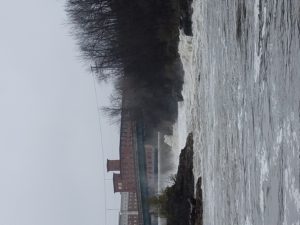
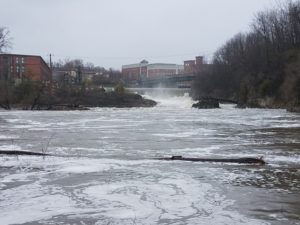




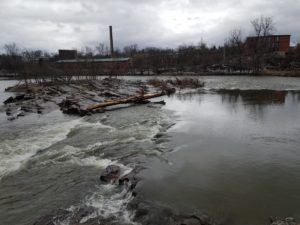
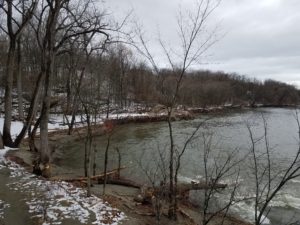

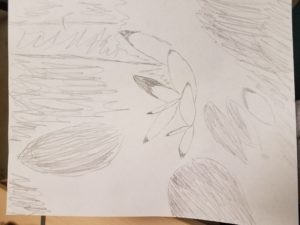
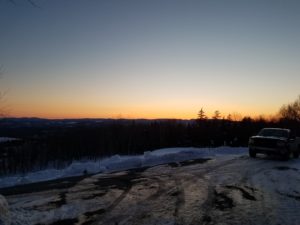


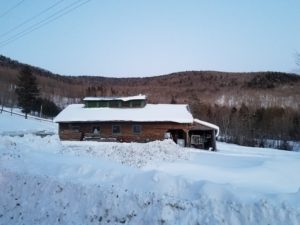
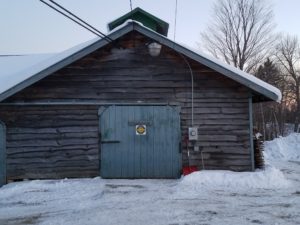
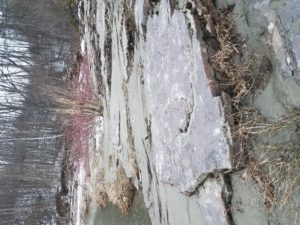

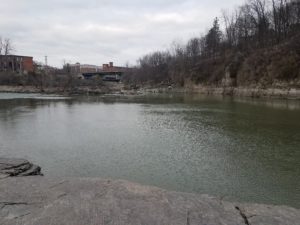
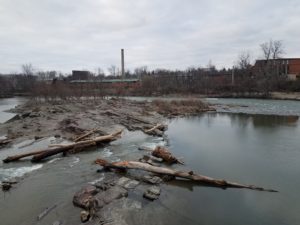

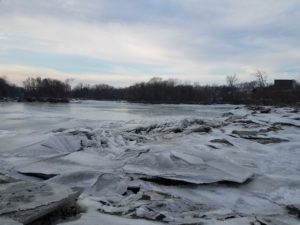
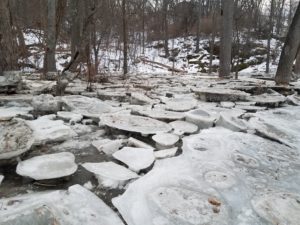
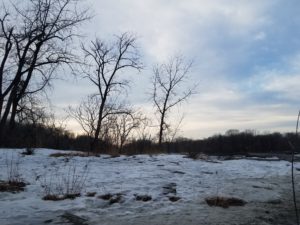
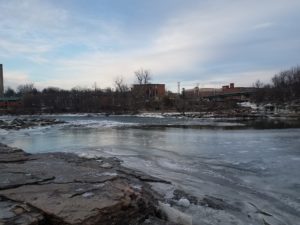
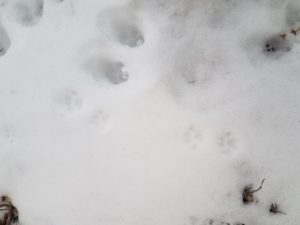
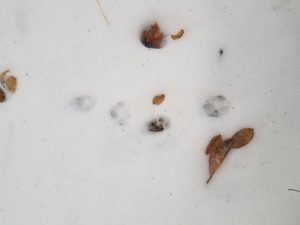

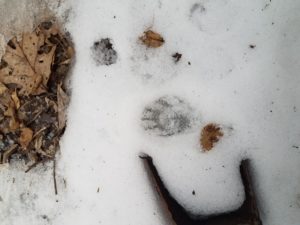
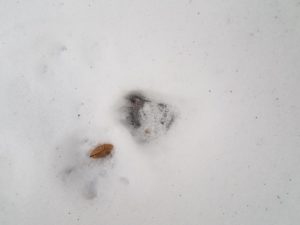
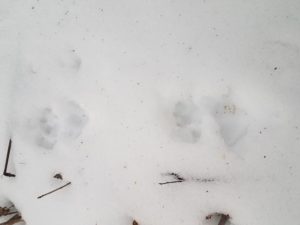
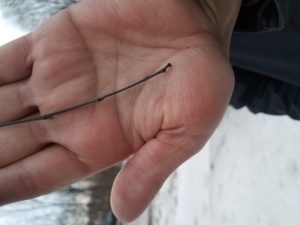
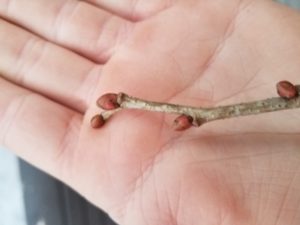
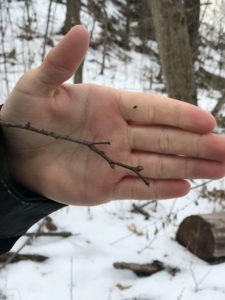
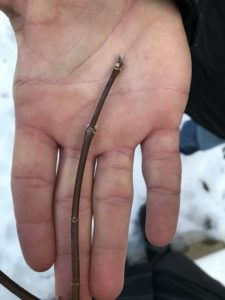
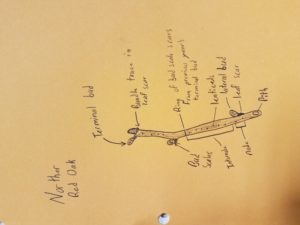
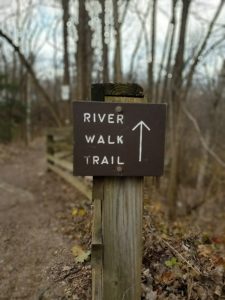
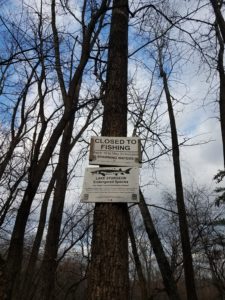

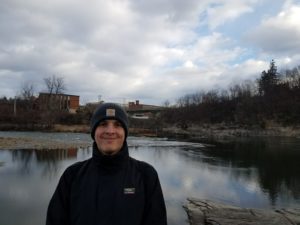
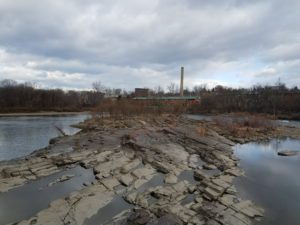
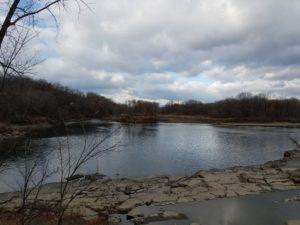
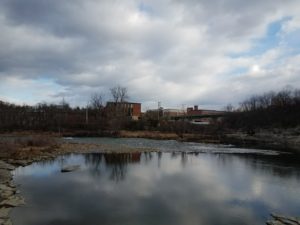

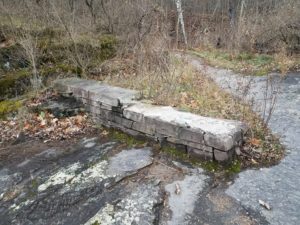

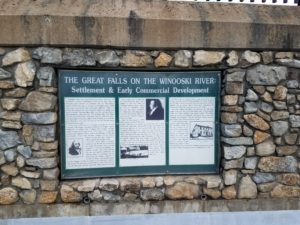
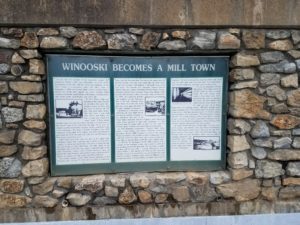
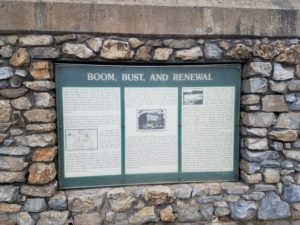
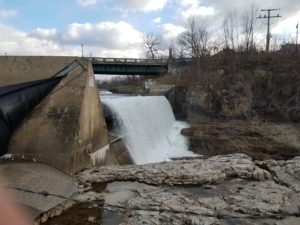

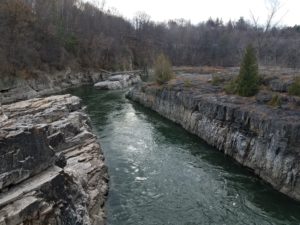
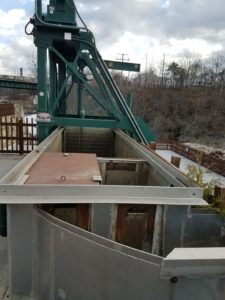
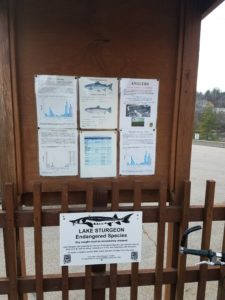
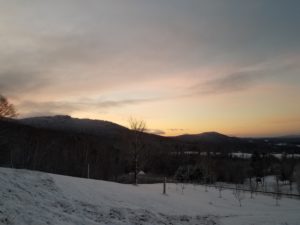
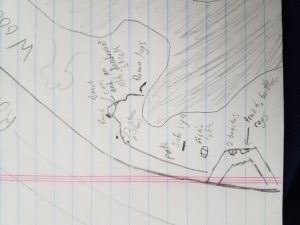
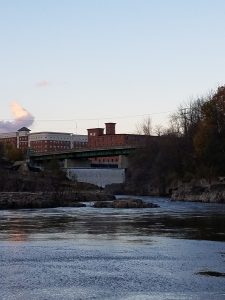
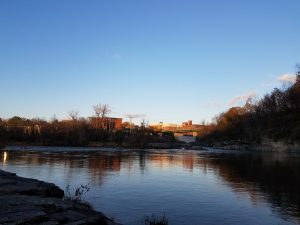
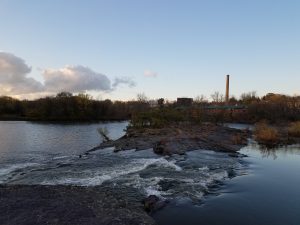
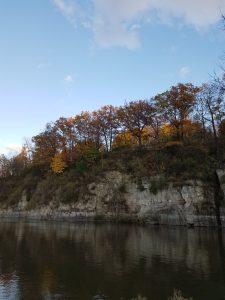
Recent Comments